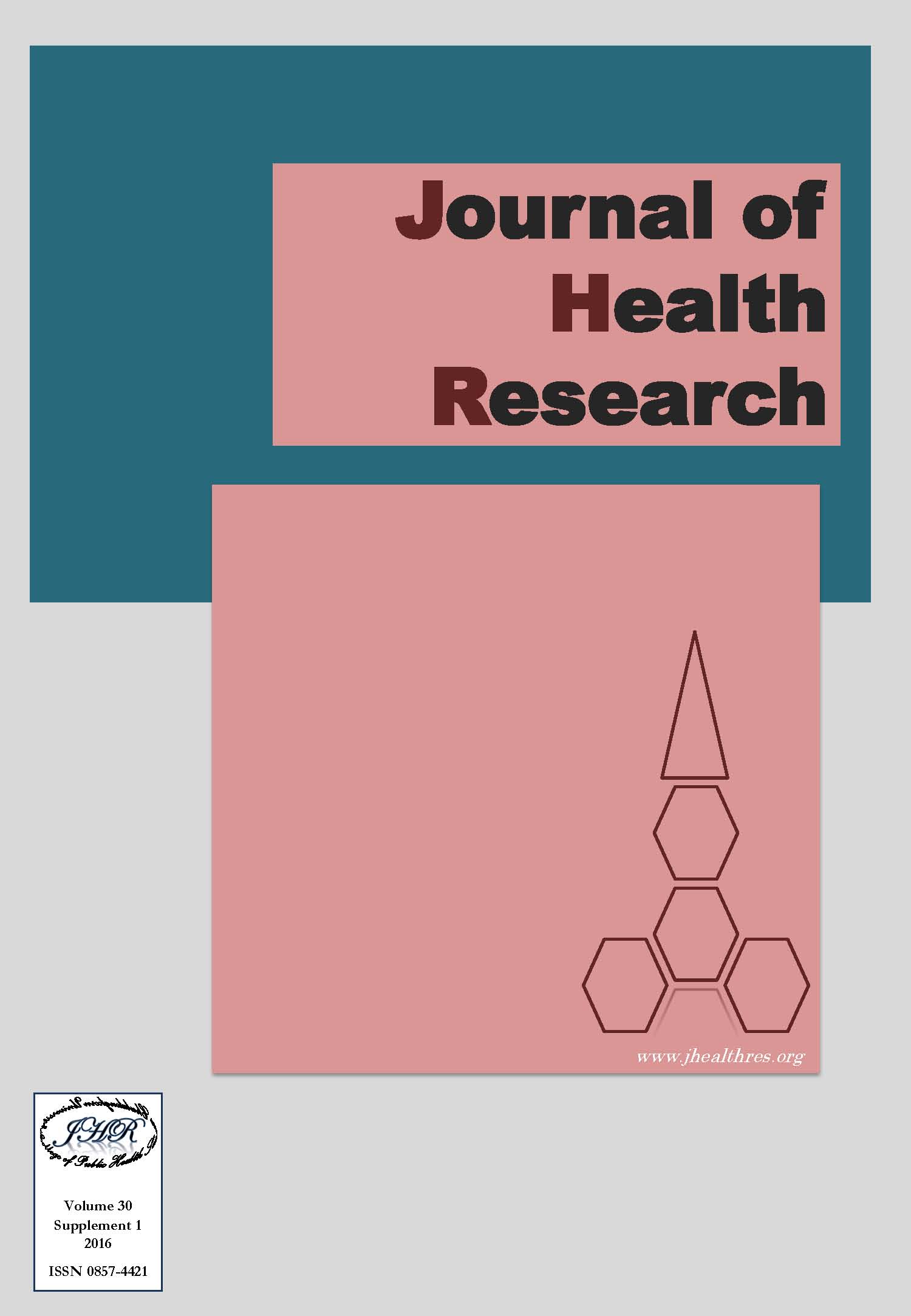Knowledge, attitudes and practices (KAP) of birth preparedness and complication readiness in relation to skilled birth attendant among delivered women in Svay Rieng province, Cambodia
Keywords:
Birth preparedness and complication readiness, Skilled birth attendant, Maternal mortality, CambodiaAbstract
Background: Birth preparedness and complication readiness (BP/CR) is the strategy to enhance timely use of skilled care in childbirth. Delivery assisted by Skilled Birth Attendant (SBA) is the single most important intervention to prevent maternal mortality. Cambodia is one of the success countries to reduce maternal mortality ratio (MMR), but further reduction is required to achieve Sustainable Development Goals (SDGs) by 2030. Since little is known about BP/CR in Cambodia, this study aimed to assess the level of knowledge, attitudes and BP/CR and the associations between knowledge, attitudes and BP/CR.
Methods: A community-based cross-sectional study was conducted among women who have delivered within last 12 months prior to the survey in March to April 2016 at Svay Chrum district, Svay Ring province, Cambodia. Face-to-face interviews were conducted using a structured questionnaire by the Maternal Neonatal Program of Johns Hopkins Bloomberg School of Public Health. Pearson correlation and one way ANOVA were performed.
Results: Among 250 respondents, 98% of women had delivery at health facility assisted by SBA while only one woman gave birth at home and four on the way to facility assisted by unskilled attendants. Almost 92% of women were classified into low level of knowledge on BP/CR. Severe vaginal bleeding was the most common danger sign, whereas saving money was the most positively associated with birth preparedness. About 70% of respondents were classified into neutral level of attitude towards BP/CR. Sixty percent of women were classified into moderate level of birth preparedness and complication readiness. Positive associations between occupation, family wealth, knowledge on danger signs, number of ANC visit, history of abortion, beneficiaries of health financing schemes and negative associations between parity and BP/CR were found. Family wealth tended to be the most important variable for BP/CR, followed by parity, knowledge on danger signs and history of abortion.
Conclusion: This study found low level of knowledge, neutral level of attitude and moderate level of BP/CR. Knowledge, parity and number of ANC visit were significantly related to BP/CR. There were significant differences of BP/CR between those with and without occupation, among rich and poor and those with and without poorest certificate. In order to improve knowledge on BP/CR, it is important to strengthen health education through ANC and community with special focused on the poor and those who lesser parity. Programs and policies need to be focused on poor women to fulfill the new global priority.







